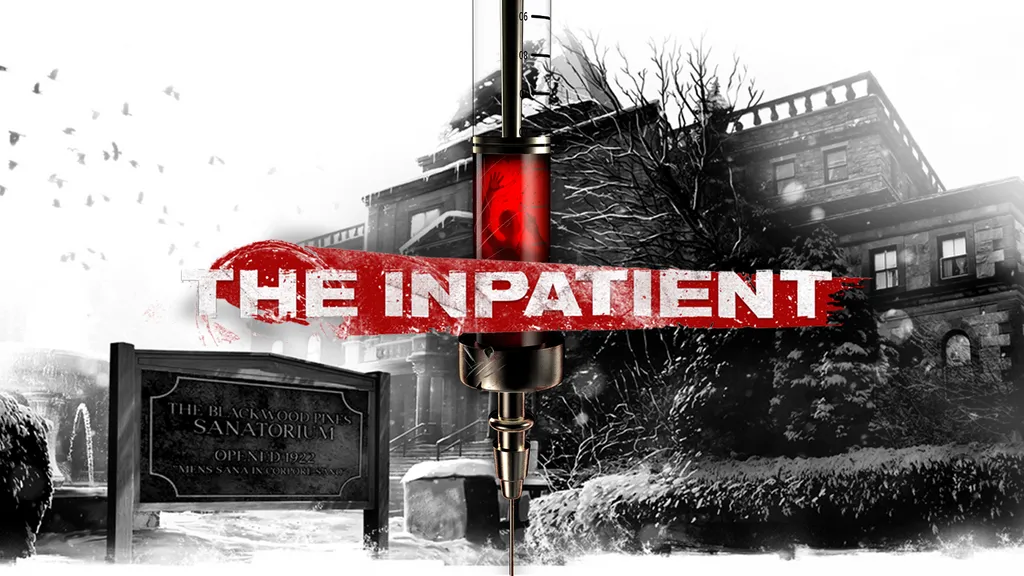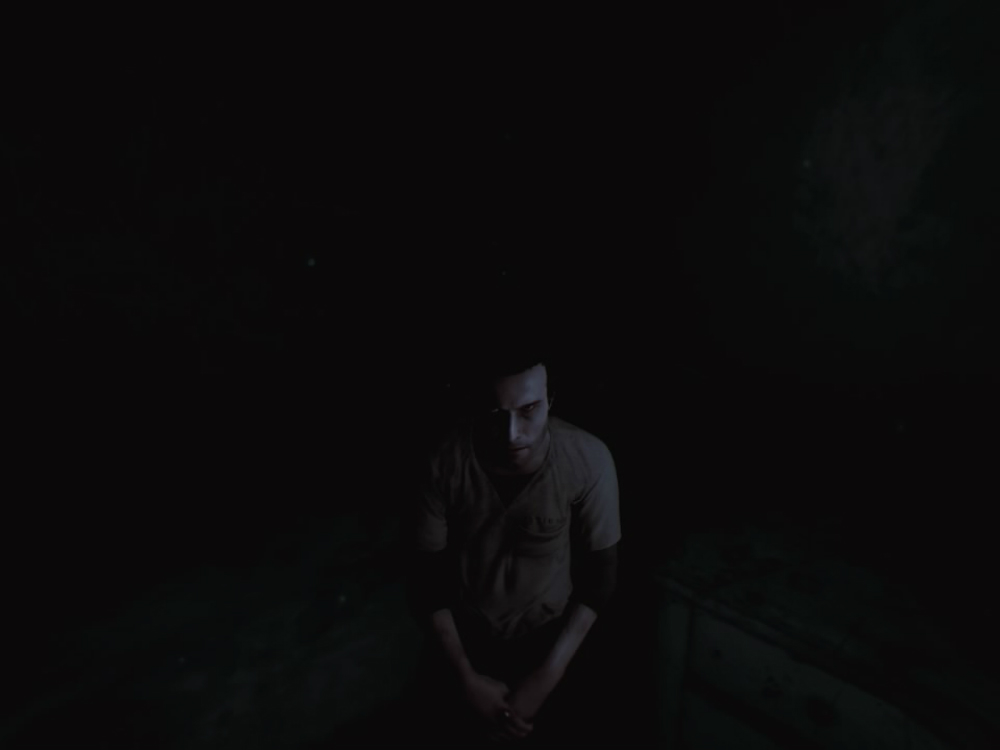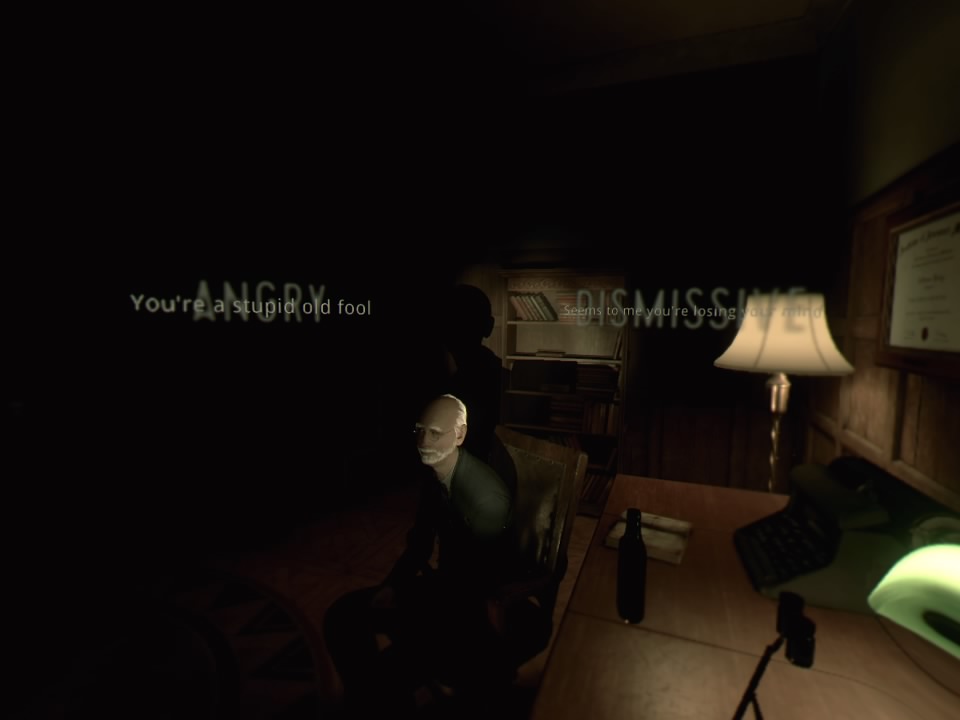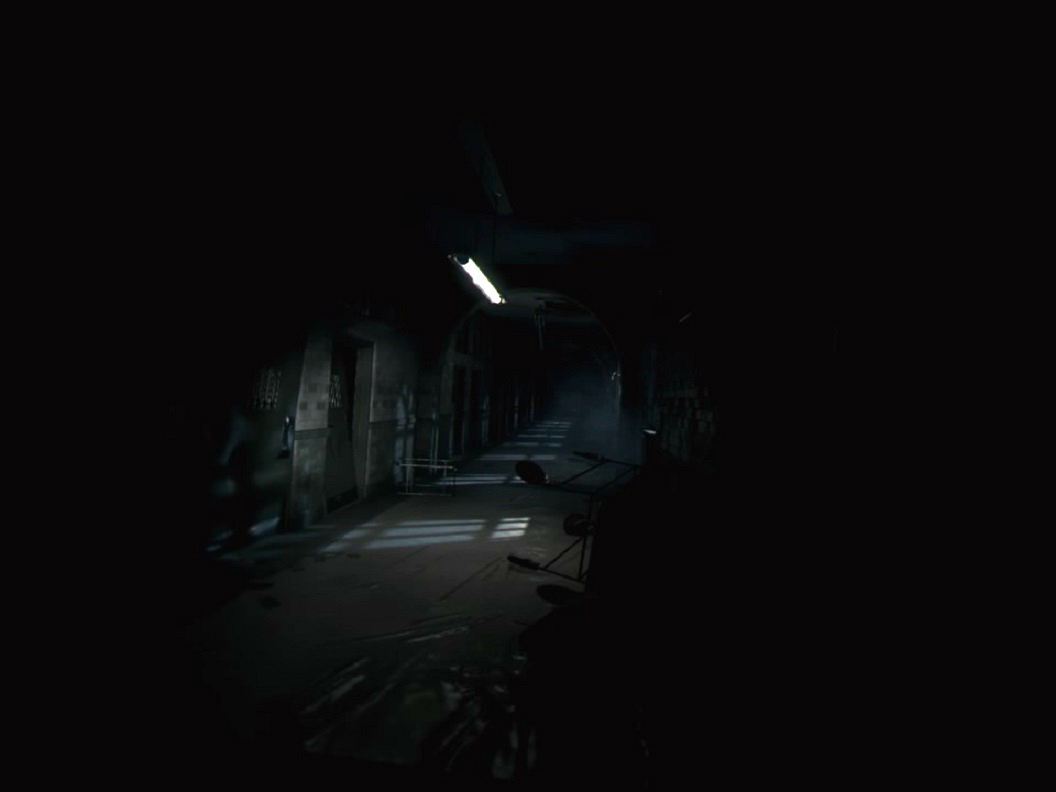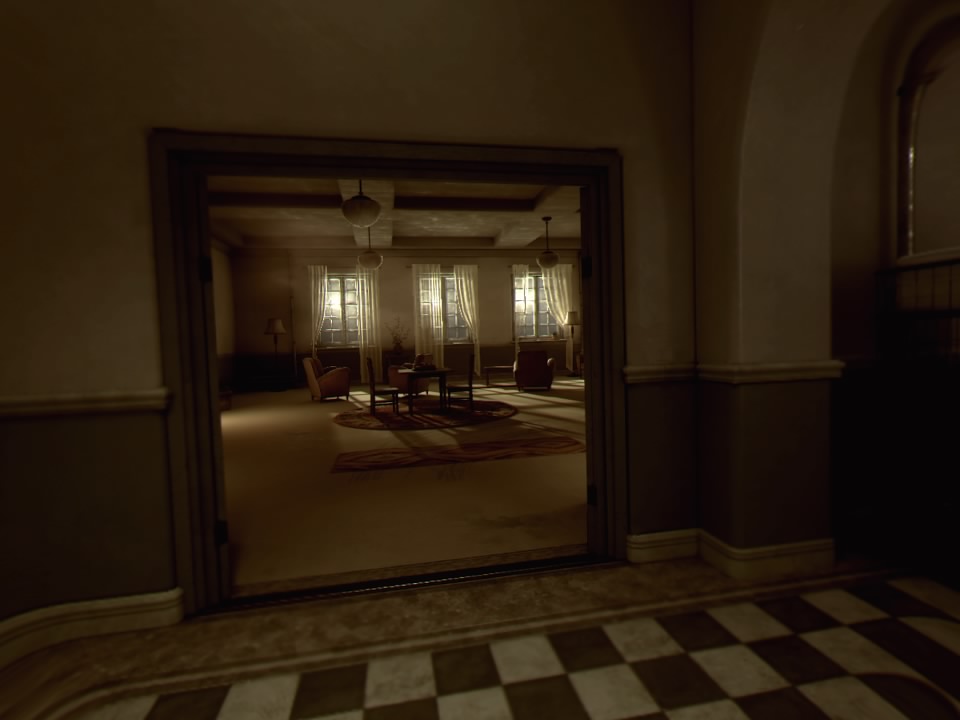I’m typically not a fan of the “amnesiac protagonist” trope because it feels like a cheap way to force feed the player narrative details without any creative thought. But in the case of The Inpatient by Supermassive Games, a slow-paced psychological about a mental sanatorium in the snowy, Canadian mountains, the main character’s lack of memory is an essential part of the premise and story.
The Inpatient takes place on the same snow-covered mountain as Supermassive’s original Until Dawn (2015), just several decades earlier. Your character is a patient at a dark, creepy sanatorium in which archaic and painful experiments are just as common as the nightmares that follow. Knowledge of the successive game isn’t necessary to enjoy The Inpatient, but it certainly enhances and refines the experience.
While completing my stay as a patient, I briefly had a roommate that was convinced something more sinister was going on. I also interacted with an oppressive doctor that interrogated me, a few nurses that ranged from caring to suspicious, and a handful of other characters peppered throughout it all.
The main issue with The Inpatient is that, in its attempt to make you feel like the center of the story, it loses sight of the game’s supporting cast. What made Until Dawn so great is how expertly it juggled half a dozen characters and made you care about (or loathe) them all. But in the case of The Inpatient, you never spend long enough getting to know anyone to develop a relationship or see any progression of their motives or personalities.
This lack of real meat to the characters is amplified by the fact that the sense of presence and immersion is at its best when you’re talking to those same characters. The facial animations aren’t as good as Until Dawn’s or LA Noire VR’s, but they’re a step above most other VR games. And when you speak to characters and make dialog selections, you can do so by using your actual voice. As in, you literally speak the dialog choice out loud instead of picking it with the controller. Pressing X is still an option, but I opted to speak all of my choices. As long as there wasn’t a lot of background noise it understood me every time.
Honestly, every VR game needs this feature. Hearing a voice actor’s voice emanate from my face while I’m standing there in my character’s shoes in VR is one of the fastest ways to break immersion for me. By speaking things out loud, it sells the illusion that much more.
Sprinkled throughout the first half of the game (in total it’s about three hours long) are brief scenes rife with hallucinations and jump scares and I found myself tensing up in preparation for each of these moments. The slow-building tension, audio cues to guide your perspective, and esoteric imagery are all pitch-perfect on PSVR and it really underscores how much Supermassive must have learned while working on Until Dawn: Rush of Blood. The Inpatient is easily one of the creepiest VR games I’ve played.
There are also several moments in which the screen goes completely black and lets you hear some creepy voices in your head, which I assume is to do some quick behind-the-scenes loading, but it starts to get old near the end. Full loading screens with progress bars also happen far more often than I’d like to see in a VR game.
It’s really a shame that the controls aren’t better either. When using a DualShock 4 controller you can move forward with the left stick and rotate the camera with the right (either smoothly or in increments) but pressing back on the right stick is how you turn around and if you press diagnolly at all, it triggers the 180 turn, which means it will happen a lot when you’re just trying to rotate your view.
Using the Move controllers was a bit worse in my experience. You hold the Move button to go where your head is pointing and twist the right Move to rotate, but it was difficult to walk and look in a different direction at the same time. The result was that I felt like a tank that had to stop and pivot to turn anywhere — the sensation isn’t quite as bad with the DualShock 4. You lose hand presence, but the game has so few interactive moments as-is it wasn’t that big of a deal for slightly more tolerable controls.
True to the formula established in Until Dawn, The Inpatient utilizes a “Butterfly Effect” system once again. Every now and then choices that you make will display an animation of butterflies fluttering away to let you know that you just progressed down a fork in the narrative road, so to speak. If you replay the game and make different choices then different things play out.
From what I could tell these divergent narrative moments were far less pronounced in The Inpatient as opposed to Until Dawn, but I did pick up on a few differences here and there, especially with regard to the ending.
If you played it then you might recall that 2016’s PSVR-exclusive pseudo-sequel, Until Dawn: Rush of Blood, also took place in the same universe, but it used a much looser approach to the concept. Other than a few character names and some imagery here and there, Rush of Blood actually had very little to do with Until Dawn from a narrative perspective. By the time the credits roll in The Inpatient on the other hand (and make sure you stick around for the post-credits scene too, by the way) the story threads are very clearly connected.
The Inpatient has a great premise with excellent production values, but its hampered by poor controls and lackluster character development. As a prequel to Until Dawn, it does a great job of fleshing out the lore a bit more, but it’s a bit short to really stand on its own. That being said, the moments that are there and the scares that they produce are totally worth experiencing. Plus, more games should absolutely adopt the voice recognition dialog feature going forward.
You can get The Inpatient on PSVR for $39.99. You can read our Game Review Guidelines for more information on how we arrive at our review scores.

